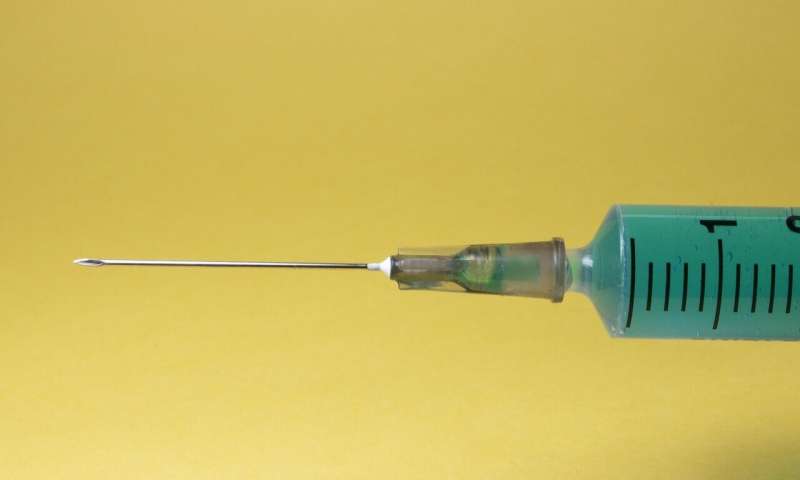Vitamin A Transporter RBP4 Successfully Reactivates Hidden HIV Reservoirs

Scientists discover that the vitamin A transporter RBP4 can reactivate dormant HIV viruses, opening new pathways toward an HIV cure using the body's natural mechanisms.
Recent research from Ulm University Hospital has uncovered a promising breakthrough in HIV treatment. Scientists have identified the protein RBP4, a transporter of vitamin A, as a natural agent capable of 'waking up' dormant HIV viruses hidden within the body's immune cells. These latent viruses are problematic because they evade both the immune system and antiviral drugs, preventing complete eradication of the infection.
The study involved a comprehensive screening of small proteins and peptides in human blood to assess their ability to activate latent HIV. The team used model cell lines of HIV-infected T lymphocytes, key immune cells that harbor the virus in a dormant state. Remarkably, the researchers found that physiological levels of RBP4, particularly when loaded with retinol (vitamin A), could trigger the activation of these hidden viruses.
This activation process is dependent on the initiation of the NF-κB signaling pathway, which plays a crucial role in immune responses and cell growth. Interestingly, retinol or retinoic acid alone was insufficient to reactivate the viruses, emphasizing the importance of the intact RBP4 transporter in this mechanism.
Importantly, tests on cells from HIV-positive individuals with undetectable viral loads under long-term therapy demonstrated that RBP4 could effectively awaken the latent viruses in vivo. The discovery points towards a potential new approach for HIV cure strategies, specifically the 'shock-and-kill' method, where dormant viruses are activated and then targeted for elimination by the immune system.
Professor Frank Kirchhoff, who led the study, emphasizes that this natural, body-produced factor could provide a safe and effective way to mobilize hidden HIV reservoirs. This advancement offers a significant step forward in the ongoing quest to develop a complete cure for HIV/AIDS.
The findings are detailed in the recent publication in Signal Transduction and Targeted Therapy, highlighting the importance of the NF-κB pathway and the potential to exploit the body's own proteins to combat HIV more effectively.
Stay Updated with Mia's Feed
Get the latest health & wellness insights delivered straight to your inbox.
Related Articles
Chickenpox Vaccination Policies: UK Approves the MMRV for Under-Fours Amid US Restrictions
The UK and US adopt contrasting policies on chickenpox vaccination for young children, with the UK approving the MMRV vaccine to enhance coverage, while the US restricts its use due to safety concerns. Learn about the implications for public health and childhood immunity.
'Clear' E-Cigarettes Cause Greater Immediate Increases in Blood Pressure and Heart Rate
New research highlights the cardiovascular risks associated with 'clear' e-cigarettes containing synthetic cooling agents. These products cause significant immediate increases in blood pressure and heart rate, posing health concerns amid ongoing regulation debates.
Neural 'Pedometer' in Rats and Humans Tracks Distance Estimation
Researchers at the University of St Andrews have uncovered a neural 'pedometer' mechanism in rats and humans that helps estimate traveled distance, with potential implications for early diagnosis of Alzheimer's disease.
Long-Term Fatigue Can Persist for Up to a Year After a Mini-Stroke
New research reveals that fatigue can last up to a year after a transient ischemic attack, highlighting the importance of follow-up care for TIA patients.



